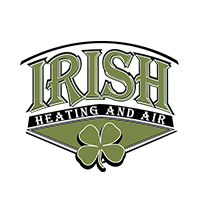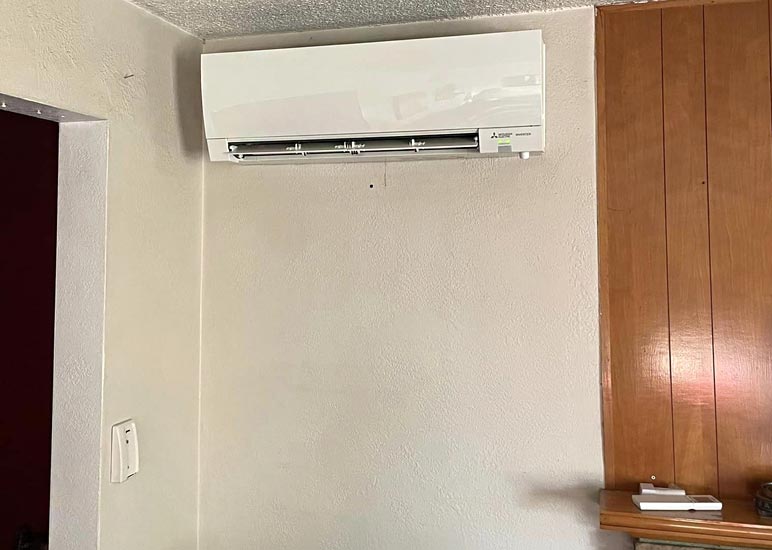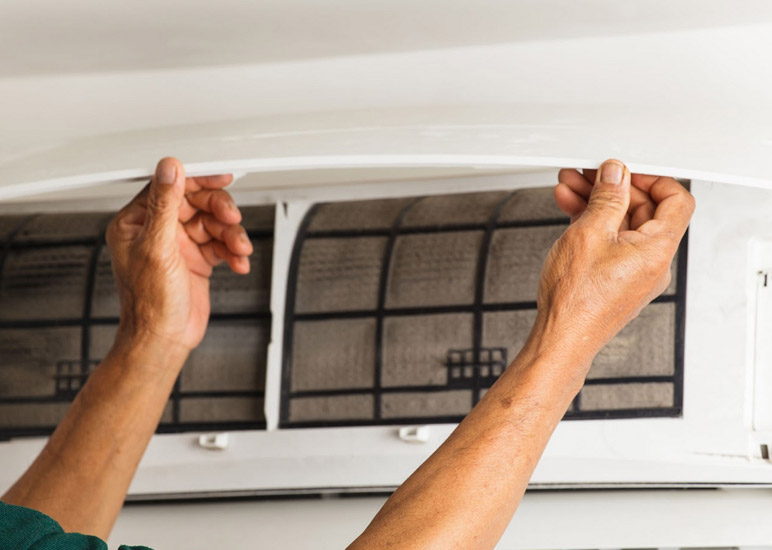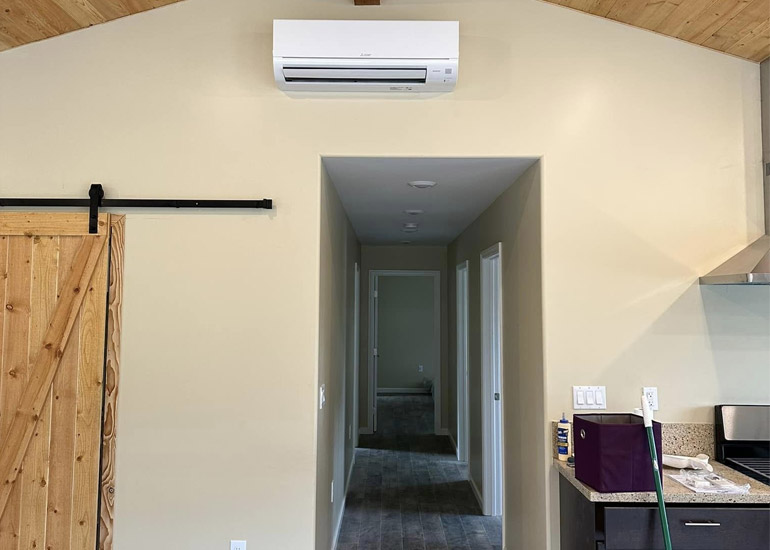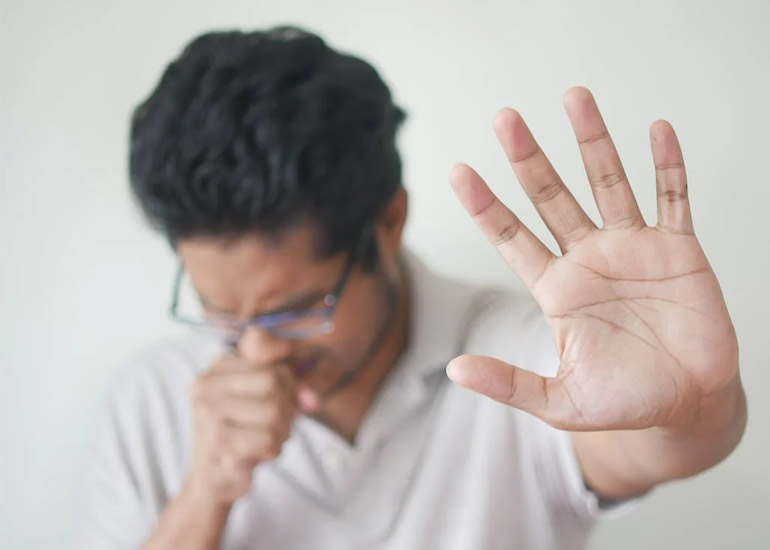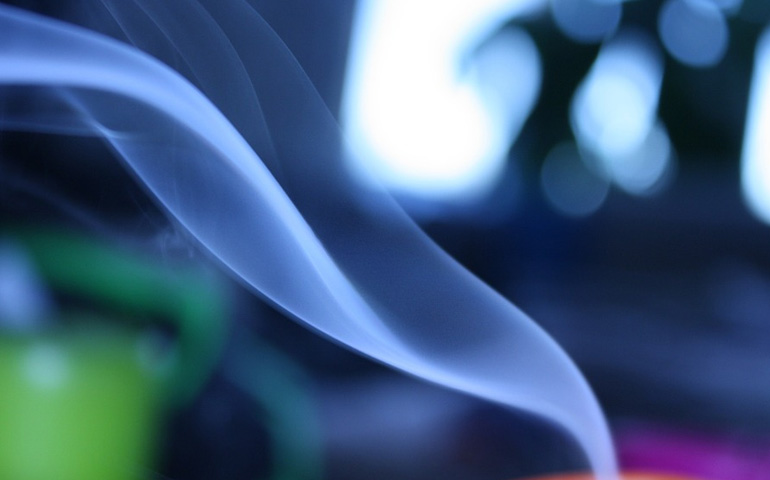 You may think that at the end of the day, when you finally come home and shut out the world that you’re also shutting out the smog and pollution of the city. Your home is your safe place and you definitely can’t see any black smog inside so it must be fine, right?
You may think that at the end of the day, when you finally come home and shut out the world that you’re also shutting out the smog and pollution of the city. Your home is your safe place and you definitely can’t see any black smog inside so it must be fine, right?
Unfortunately, that’s not the case. Indoor air pollutants are real – and can be a major problem for people who have allergies, asthma, or compromised immune systems. Even if you are totally healthy, being exposed to indoor pollutants too long can cause health problems.
Now for the million-dollar question: how do air pollutants get in your home?
What Causes Indoor Air Pollution?
Air pollutants get in your home using many different methods. In some cases, they are a direct result of your actions or the products you use. In other cases, they seep into your home from the materials used to construct your house.
Let’s look at some common indoor air pollutants:
- VOCs: VOC stands for Volatile Organic Compounds and they’re toxic chemicals found in paint, cleaners, air fresheners, pesticides, printers, hobby supplies, and more. While you’re cleaning your home or trying to make your kitchen smell better after that cooking experiment that went wrong, you could be polluting the air.
- Tobacco smoke: Whether first- or second-hand smoke, cigarette smoke pollutes your home with formaldehyde, nitrogen dioxide, and particulate matter. Even if you smoke outside close to your home, it can still come inside.
- Scented candles: Scented candles are usually used to make your home smell better, but when you burn a candle that’s made of paraffin wax, you’ll creating toluene and benzene chemicals that pollute your air. And that wick? It probably contains lead. The fragrance from the candle is usually synthetic and full of chemicals, which can disrupt hormones and cause other health issues.
- Poor ventilation: If you don’t have proper ventilation, the humidity and moisture in your home can cause mold and other pollutants to fill your home and ruin the air quality.
- Formaldehyde: This harmful chemical can be found all over your home – in the building materials, paint, and insulation. And in common products such as cosmetics, pesticides, fertilizers, and cleaners.
- Carbon monoxide: Home heaters, water heaters, open fires, gas burners, and more can cause carbon monoxide to pollute your home. This killer has no color or smell, so you won’t even know it’s leaking into your home. Be sure to keep your furnace properly maintained as well as other gas sources in your home.
How to Improve Indoor Air Quality in Your Home
Now that you know how air pollutants get in your home, you also need to know how to improve indoor air quality in your home. The first step is making sure your HVAC system filters are changed regularly because they will capture a lot of contaminants and prevent them from floating around your home.
The next step is to read labels for all your products – especially cleaners, candles, and air fresheners – and make sure they don’t contain any of the contaminants we listed above. Choose organic, all natural products when possible.
If you’re concerned about the air quality in your home, contact us today for HVAC and furnace maintenance and inspection to help boost the pollutant-fighting properties of your filters.
